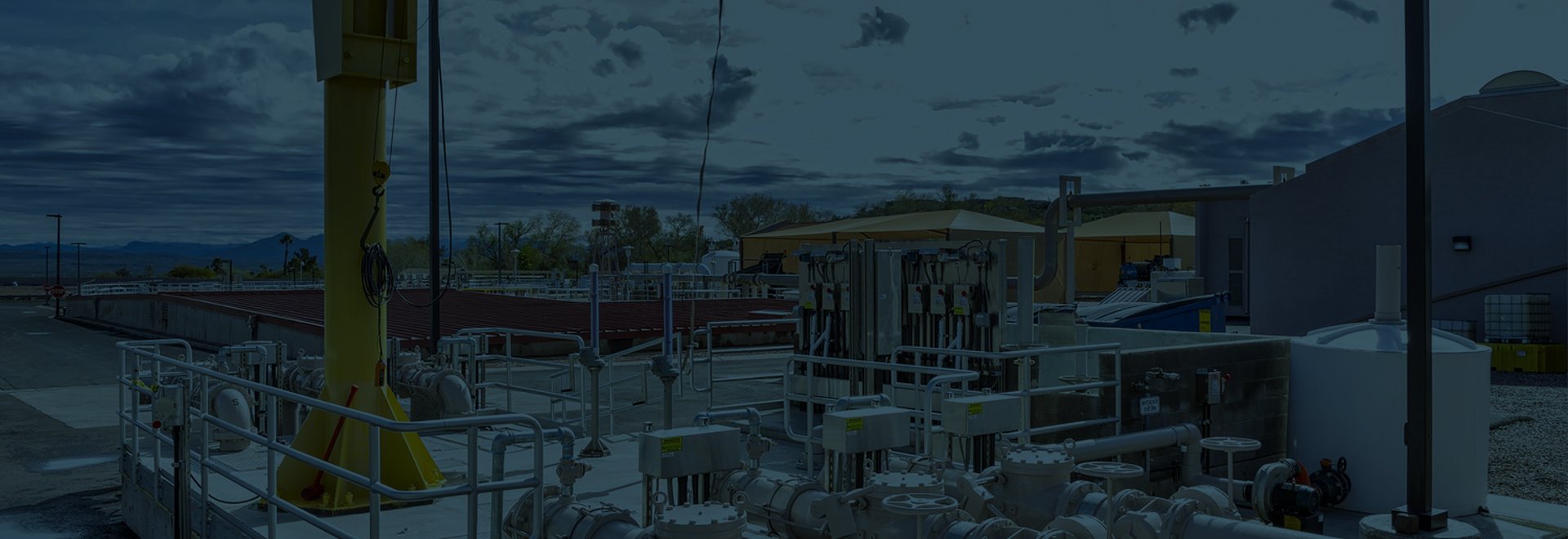
Success Story: Mukwonago, WI
goes From “Dead” Data to Lively Insights
The Village of Mukwonago lies mostly in Waukesha County, just 30 miles outside of Milwaukee, Wisconsin. A groundwater reliant community serving just under 9,000 residents thanks to a combination of 5 deep and shallow wells, the hard working and humble water stewards serving the village truly work day in, day out to provide the best water they can to customers. Waterly is honored to be part of their journey towards digitization.
ABOUT MUKWONAGO
“ I don’t love technology, but I love Waterly. Anyone can use it.”
Dave Brown
Wastewater Operations Supervisor at Mukwonago
Dedicated water and wastewater supervisors at the Village of Mukwonago were noticing inconsistencies with data input, impacting their ability to adequately respond to anomalies/irregularities ahead of time. Waterly supported their and their staff’s onramp towards digitization by offering an affordable and user-friendly software that worked with them, at their pace, to best fit their needs and priorities.
AT A GLANCE
On average, operators were spending multiple hours per week with manual data entry and monthly EMOR reports. There were also noticeable inconsistencies in communicating updates following adjustments made to chemical feeds or well flow rates. Water Operations Supervisor Jayme Sukowaty and Wastewater Operations Supervisor Dave Brown felt the need to double check that figures were not outside a reasonable range in order to best prepare ahead of time to handle potential peak times. Lots of time and headaches were spent on internally trying to calculate parameters such as dosages and specific gravity levels. Jayme had heard of Waterly from a different water community and encouraged the Mukwonago Utilities Director Wayne Castle to engage with Waterly to see if making the transition to a digital solution to capture, analyze and report data could be beneficial.
PROBLEM ADDRESSED
While the internal buy-in and Waterly adoption process took a couple of weeks, the dedicated onboarding and training period, coupled with the ease of use of technology at the pace that fit their needs, helped operations run more smoothly and uncovered both tangible and intangible benefits to the Village.
Waterly collaborated with the Mukwonago team to first understand their pain points and then worked on cleaning their data collection processes, running analysis and helping them automate reporting related calculations. This helped their staff see any inconsistencies with data input to be able to more adequately respond to anomalies/irregularities and help operations run more smoothly. What was found, based on the app usage, were direct relationships between the data input and tracking items such as equipment peak usage and chemical related deliveries. Essentially, rather than this data being written out on a clipboard in a static way, the data was directly being used to influence some type of outcome that has direct implications on a utility’s next course of action, often saving valuable and often limited resources.
According to Mr. Sukowaty, change resulting from the introduction of digital solutions “can be hard to accept and/or fully embrace,” but if carried out in a way that prioritizes the user’s needs, is easy-to-use and functional, it can help utilities of all sizes as they look to move from a reactive to a more proactive state.
SOLUTION(S) USED
OUTCOMES
Leveraging Waterly helped 'dead' static data come to life at Mukwonago, providing confidence in the value of that data entry so that operators and supervisors could work and collaborate more effectively. It earned support across the entire utility (even those with 10+ years of field experience and a ‘don’t fix what ain’t broke mentality’) due to ease of use and functionality and will soon be launched to address wastewater needs, a testament to the successful implementation and deployment on the water side.
Roughly 2-3 hours spent on data entry per week were earned back. Additional benefits were felt during monthly EMOR reporting, as calculations for chemical totals, daily pumpage totals, run time and electrical readings were automated as part of the app. According to Jayme, “when calculating totals and finding totals out of the realm we are used to seeing, with Waterly we can resolve the issue at the moment we see that based on alerts/flags.”
Reporting and trends were really helpful in reducing the need to go back to the plant and calculate totals, as well as for communicating peak usages and being able to more accurately plan for chemical related deliveries . Being able to pull up the data from anywhere helped the Village really have more of pulse on what was happening across their facilities.







